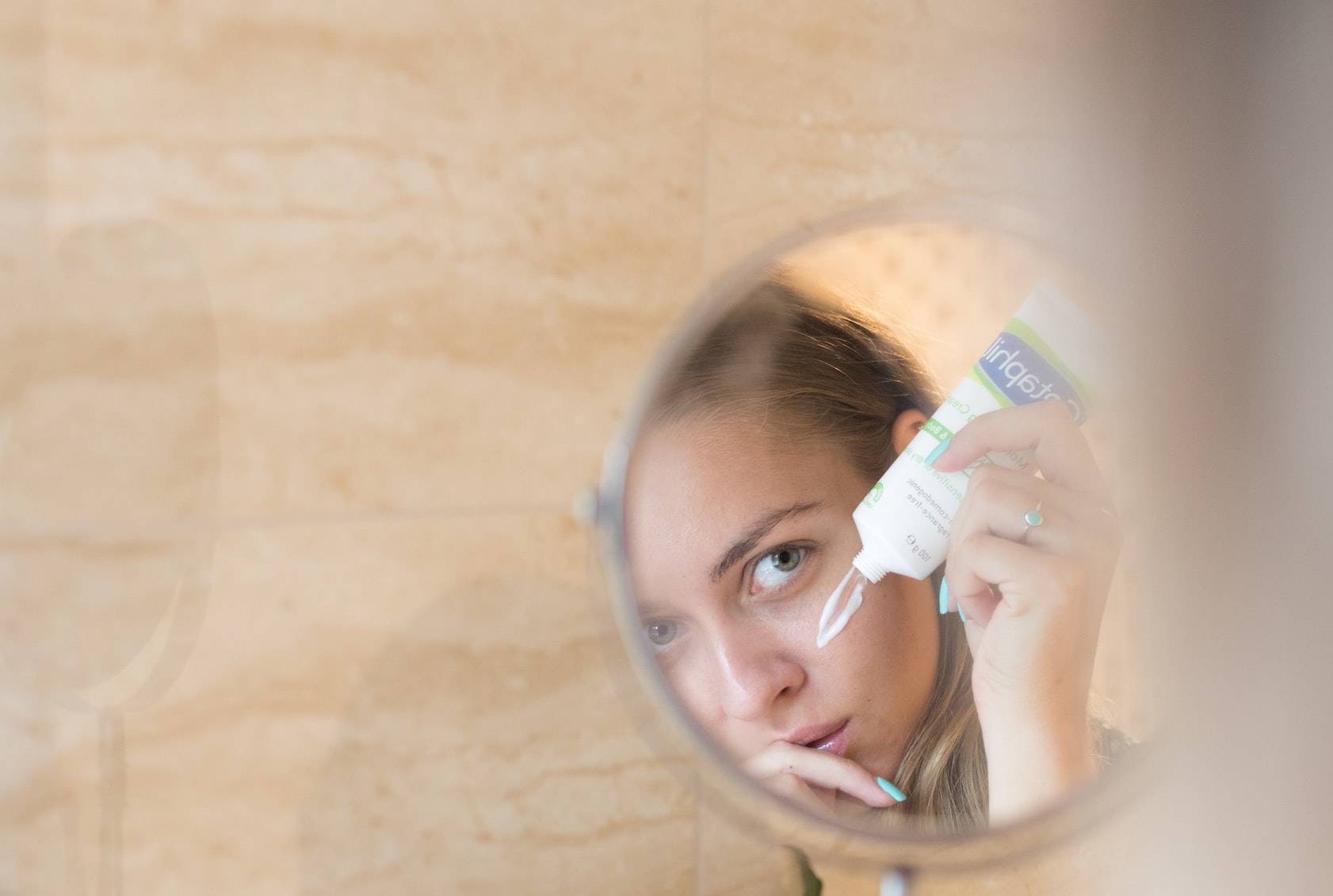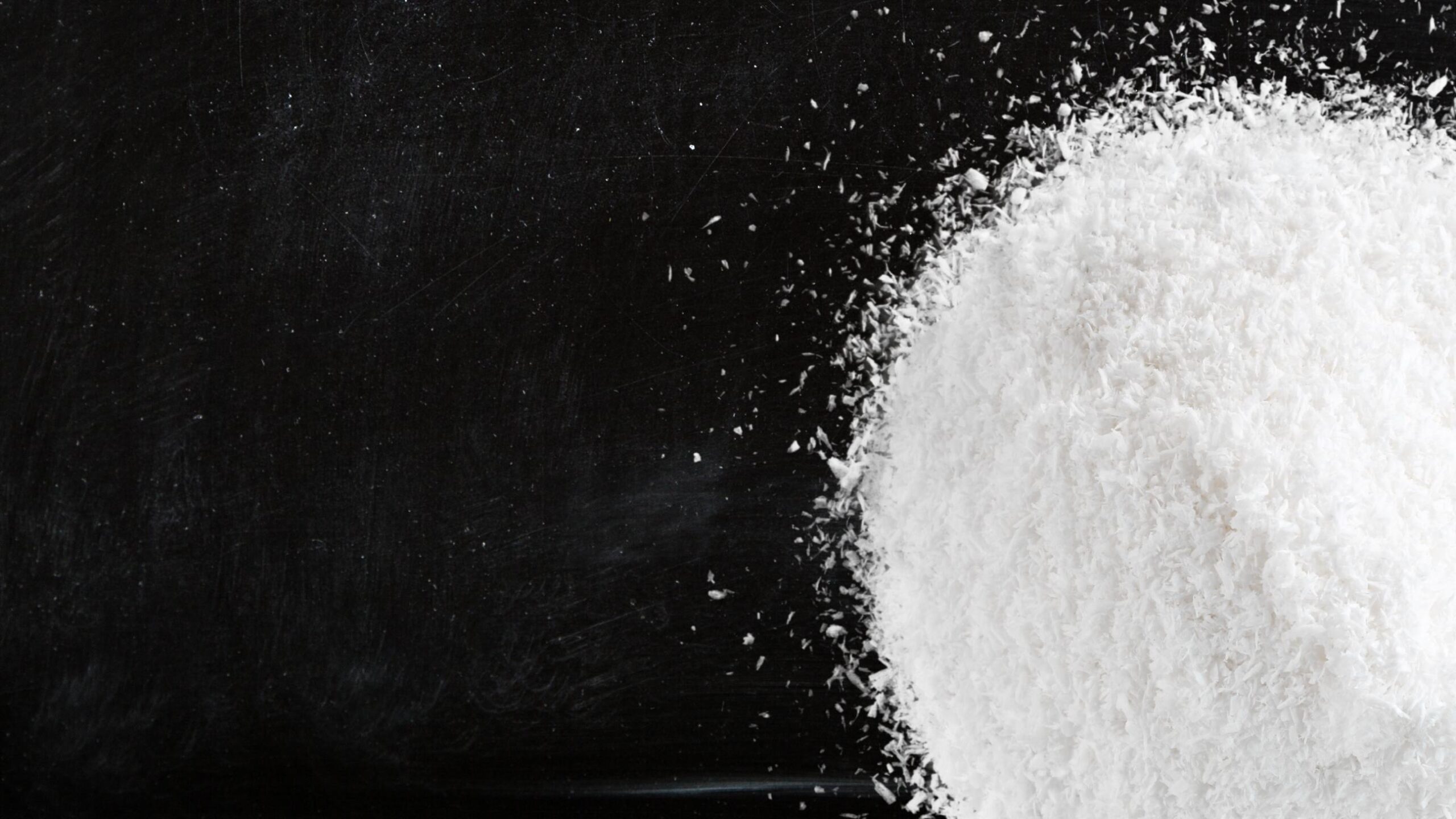BACKGROUND
Benzophenone-4 (CAS No. 4065-45-6, EC No. 223-772-2) with the chemical name ‘2- 27 Hydroxy-4-methoxybenzophenone-5-sulphonic acid’ is currently regulated in Annex VI (entry 22) of the Cosmetics Regulation No. 1223/2009, as a UV-filter in sunscreen products in a concentration up to 5 %. Benzophenone-4 absorbs UV light across a broad range of UV wavelengths and, therefore, protects the skin from damage by UVB and UVA light.
In addition, in the European database for information on cosmetic substances and ingredients (CosIng) Benzophenone-4 is also reported with the functions of ‘UV-stabiliser’ and UV-absorber’ protecting cosmetic formulations against sunlight.
Benzophenone-4 has been subject to a safety evaluation by SCCNFP in 1999, where the committee concluded that ‘…2-Hydroxy-4-methoxybenzophenone-5-sulphonic acid can be used safely in cosmetic sunscreen formulations at a maximum concentration of 5%, expressed as acid’ and proposed ‘…no further restrictions or conditions for its use in cosmetic products’.
In 2019, the European Commission issued a call for data on a list of potential substances with endocrine disrupting (ED) properties in cosmetics, a list containing Benzophenone-4.
During the call for data, stakeholders submitted scientific evidence to demonstrate the safety of Benzophenone-4 as UV-filter in cosmetic products. The Commission requested the SCCS to carry out a safety assessment on Benzophenone-4 in view of the information provided.
WHAT’S NEW
In light of the information provided, the SCCS published its preliminary opinion, concluding that benzophenone-4 is safe when used as UV filter up to a maximum concentration of 5% in sunscreen, face and hand cream, lipstick, sunscreen propellant spray and pump spray, when used separately or in combination (based on deterministic aggregated exposure).
The opinion is open for comments until February 16, 2024.
REFERENCES





